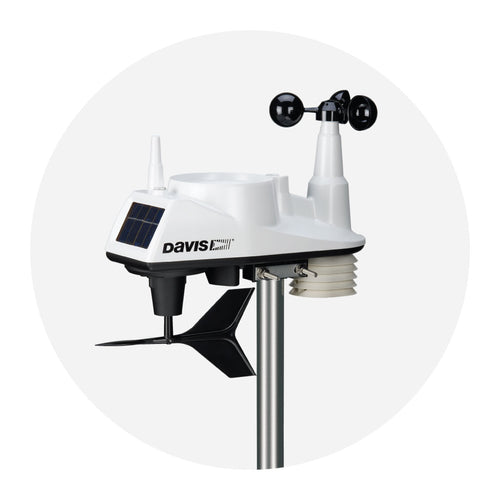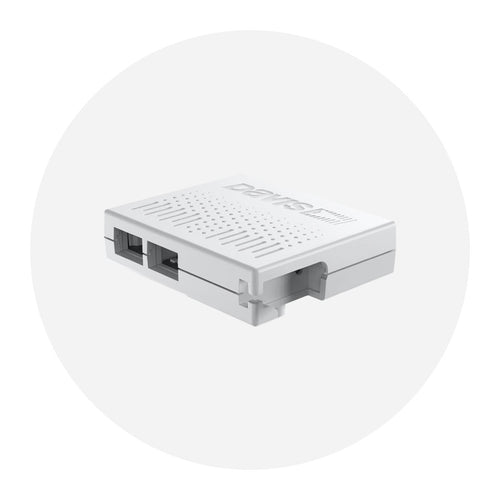
Meteorology 101: Which has more water: my snow or yours?

If you live where it snows, your weather station's rain collector may spend a good deal of winter being a vessel for a mini snowpack. Have you ever wondered how much water is in that snowpack?
Meteorologists, hydrologists, and city officials certainly want to know that. As snow accumulates on city streets and rural mountainsides, knowing how much water will eventually flow into waterways is vital. The amount of water in snowpack is used to predict runoff, reservoir fill, and flooding.
Snow Water Equivalent or SWE is a common snowpack measurement. It is the amount of water that would result if Godzilla suddenly appeared and melted the whole snowpack instantaneously with one hot breath. (Since Godzilla is a fantasy creature, we can say that he can provide enough heat to melt all the snow without evaporating one molecule of water. He’s good like that.) A 24” snowpack with 10% water content has an SWE of 2.4 inches.
But how do you know what the water content of the snow that falls at your location is? There is a general rule of thumb that says the perfectly typical snowfall will have a snow-to-liquid ratio of 10 to 1, meaning that 10 inches/cm of snow will yield one inch/cm of water. But that’s just an average -- and when is any weather event “typical?” In Colorado or Utah, they often see dry, powdery snow. 10 inches of that stuff compared to 10 inches of big wet snowflakes that fall in Montana will have very different snow-to-liquid ratios. The ratio is affected by air temperature, the relative humidity, whether the ground is above freezing, how packed it has become, and how often it has melted and recrystallized. Heavy wet snow, falling at a temperature of 35°F can have a ratio of 5 to 1. Dry snow falling when temps are barely reaching the 0 mark on the thermometer is more likely to have a ratio of 50 to 1. The average snow-to-liquid ratio in the United States is actually more like 13 to 1.
If you have a Vantage Pro2, you can measure your own snow-to-liquid ratio by installing a Rain Collector Heater Kit. It comes with a heater that fits the classic style rain collector (which is included with the kit so you can just temporarily switch it out for your Aerocone rain collector) and is AC-powered. The heater will melt the snow and give you inches of precipitation. Next, figure out how many inches of snow fell using a yardstick. To be really precise, you can set up a snow measuring board: a piece of ½” or ¾” plywood about 24” x 16”, painted white, and set on a level surface before the snowfall. Measure soon after the snowfall ends so the snow has minimal settling and melting.
How does your snow's SWE compare to that "rule-of-thumb ratio of 10 to 1?
In the face of escalating environmental risks, AEM is the essential source for insights on weather, climate, lightning, floods, wildfires, water management, and more.
Learn more about AEM and all of our solutions here.





















